Why Your Cat Begs for More Than Food: It Could Be Dehydration!
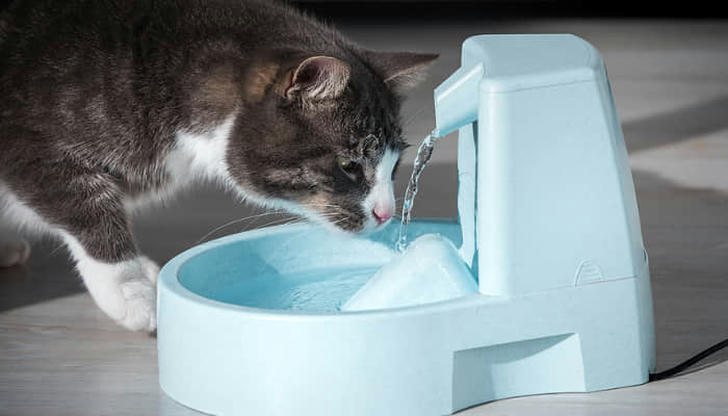
Cats can be notoriously finicky drinkers, and dehydration is a common concern for cat owners. Here's a detailed breakdown to help you ensure your kitty is getting enough water:
How Much Water Does My Cat Need?
There's no one-size-fits-all answer, but a general guideline is for cats to consume around 60 milliliters (ml) of water per kilogram (kg) of body weight per day. This translates to:
• Small cat (4 kg): 240 ml (about 8 ounces)
• Medium cat (5 kg): 300 ml (about 10 ounces)
• Large cat (6 kg): 360 ml (about 12 ounces)
However, remember:
This is just an estimate, and actual needs can vary based on factors like activity level, diet, and climate.
Cats on a wet food diet will naturally get some moisture from their food, so they might drink less water than those on a dry food diet.
Signs Your Cat is Well-Hydrated:
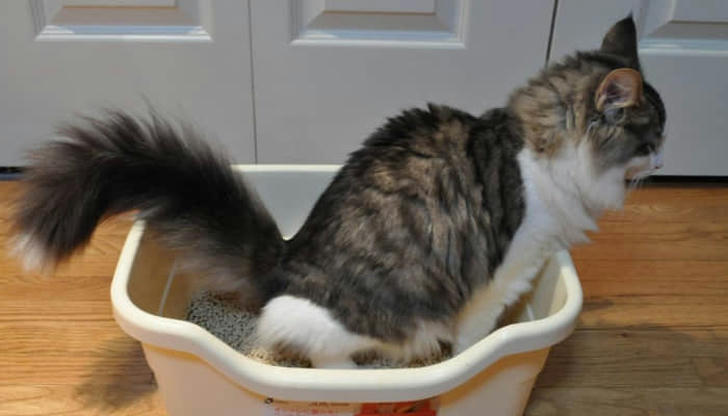
Frequent urination: A healthy cat will typically use the litter box 1-2 times daily.
Clear urine: The urine should be a pale yellow color, not dark or cloudy.
Skin elasticity test: Gently pinch the skin between your cat's shoulder blades and release. If it snaps back quickly, they're likely hydrated. If it takes a while to return to normal, dehydration is a possibility.
Energy level: A well-hydrated cat will be playful and active.
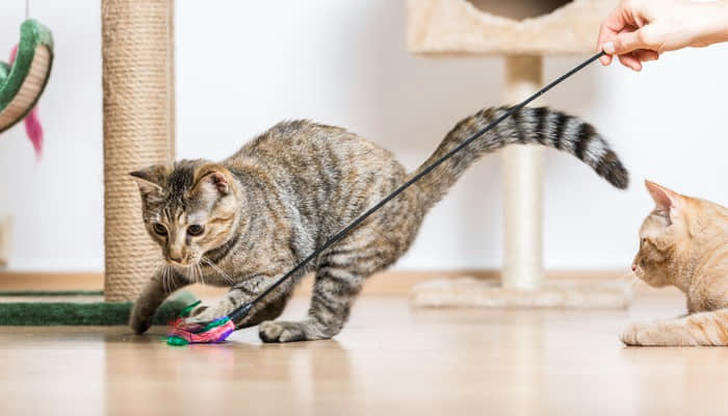
Warning Signs of Dehydration:
Less frequent urination: If you notice your cat using the litter box less often, it could be a sign they're not drinking enough.
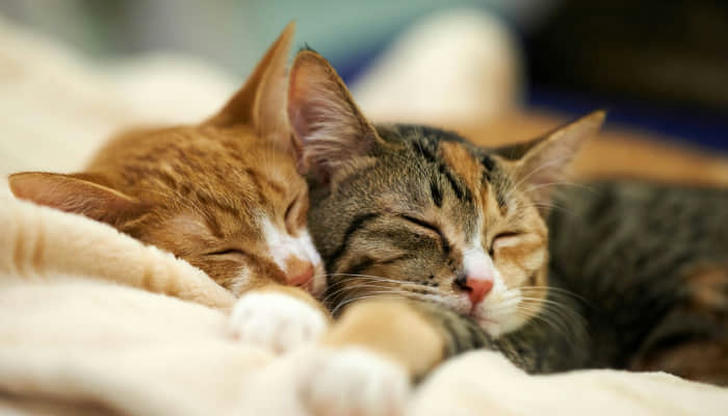
Dark urine: Dark yellow or concentrated urine can indicate dehydration.
Lethargy: A dehydrated cat may seem sluggish and disinterested in playing.
Sunken eyes: In severe cases, a dehydrated cat's eyes might appear sunken.
Loss of appetite: Dehydration can also lead to a loss of appetite.
Encouraging Your Cat to Drink More:
1.Provide fresh water: Cats are sensitive to the taste and smell of water, so it's essential to offer them fresh water every day. Change the water in their bowl daily to keep it clean and appealing. Consider using stainless steel or ceramic bowls, as they are less likely to retain odors compared to plastic bowls.
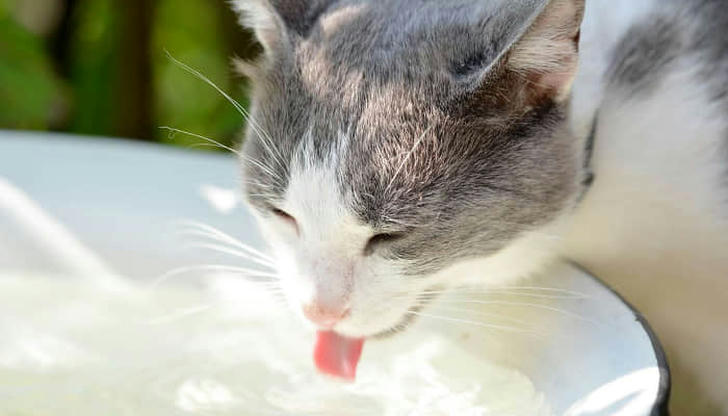
2.Multiple water sources: Place water bowls in different areas of your home, especially in areas where your cat spends a lot of time. Cats may prefer certain locations for drinking, so having multiple options increases the likelihood that they'll drink more.
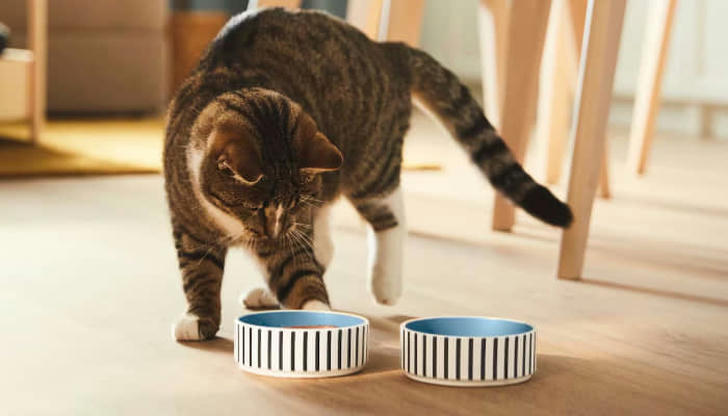
3.Use shallow bowls: Cats often prefer shallow bowls because they don't like their sensitive whiskers touching the sides of the bowl. Choose wide, shallow dishes for water to make it more comfortable for your cat to drink.
4.Flavor the water: Adding a small amount of flavor to your cat's water can make it more enticing. Try adding a teaspoon of tuna juice or low-sodium chicken broth to their water to add flavor without adding too many calories. Make sure to monitor your cat's intake to ensure they're not consuming too much salt.
5.Wet food diet: Wet cat food has a higher moisture content than dry kibble, making it an excellent way to increase your cat's water intake. Consider feeding your cat wet food at least once a day or incorporating it into their regular diet.
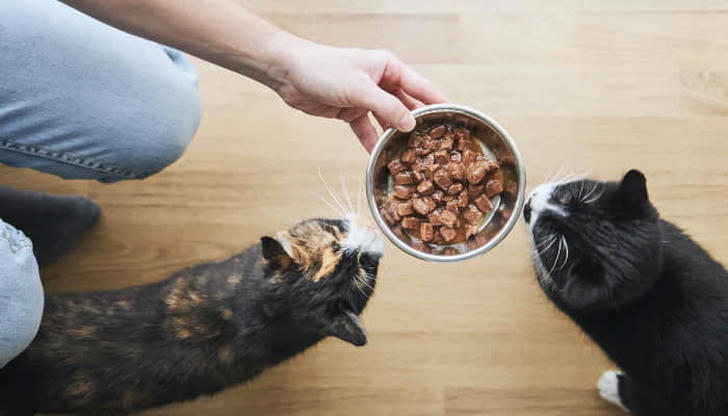
6.Consider water content in diet: If your cat primarily eats dry kibble, consider switching to a diet with higher moisture content. Look for cat foods labeled "gravy," "stew," or "pate," as these often contain more water than traditional dry food. You can also add water or low-sodium chicken broth to your cat's dry food to increase hydration.
7.Interactive water play: Some cats enjoy playing with water, which can encourage them to drink more. Try using a cat fountain or dripping faucet to create movement and sound, which may attract your cat's attention. You can also introduce toys that involve water, such as floating balls or toys that dispense water when played with.
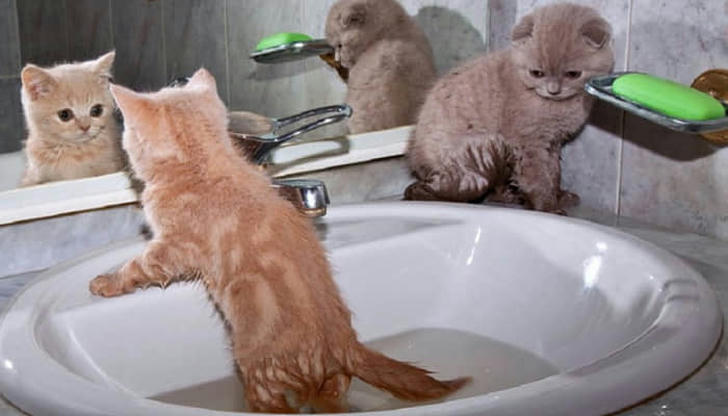
8.Regular veterinary check-ups: If you're concerned about your cat's hydration levels, schedule a check-up with your veterinarian. They can assess your cat's overall health and hydration status and provide personalized recommendations. In some cases, increased thirst may be a sign of an underlying medical condition, such as kidney disease or diabetes, so it's essential to rule out any health issues.
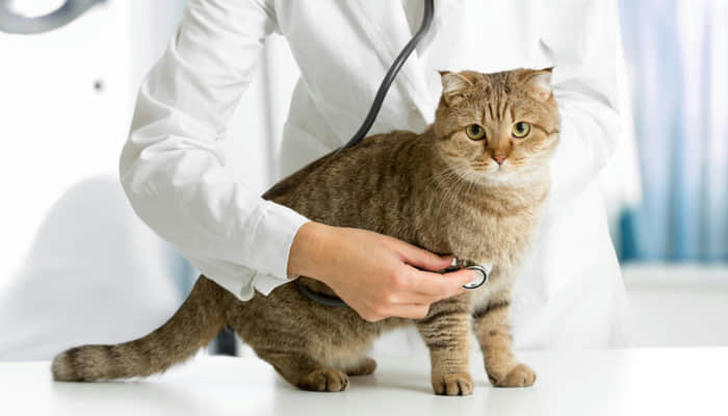
Additional Tips:
• Monitor water consumption: Keep track of how much water is in the bowls and how much is disappearing. This can help you get a sense of your cat's drinking habits and identify any changes.
• Schedule vet checkups: Regular vet visits can help detect any underlying medical conditions that might be affecting your cat's water intake.
• Consider your cat's age: Senior cats or those with health issues may need more encouragement to drink water.
Remember: If you're concerned about your cat's hydration, consult your veterinarian. They can offer personalized advice based on your cat's specific needs and rule out any underlying medical conditions.

